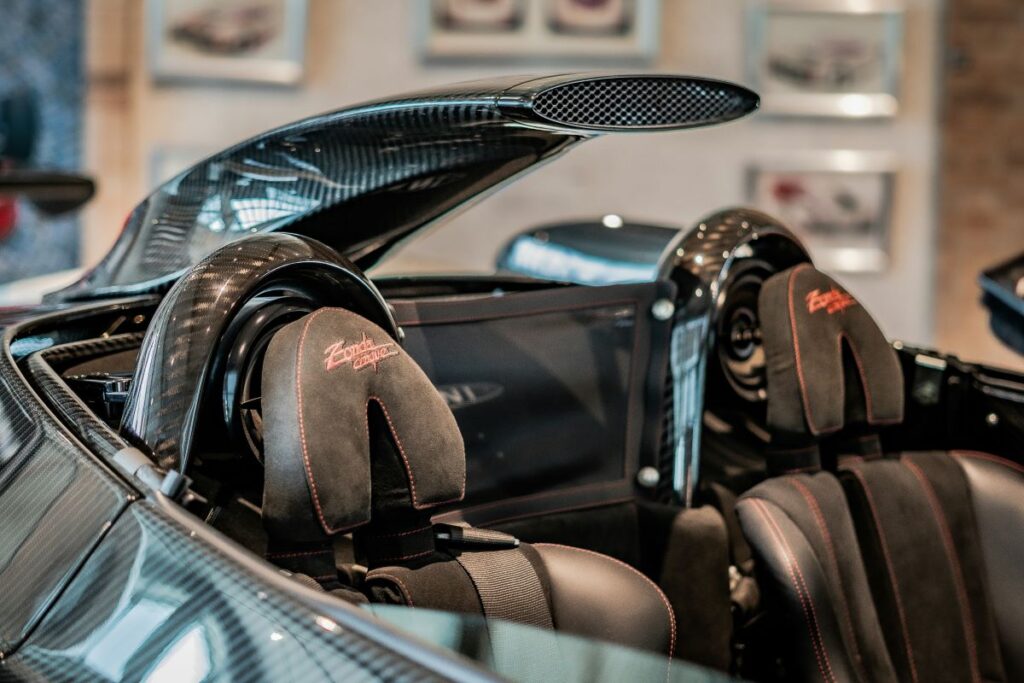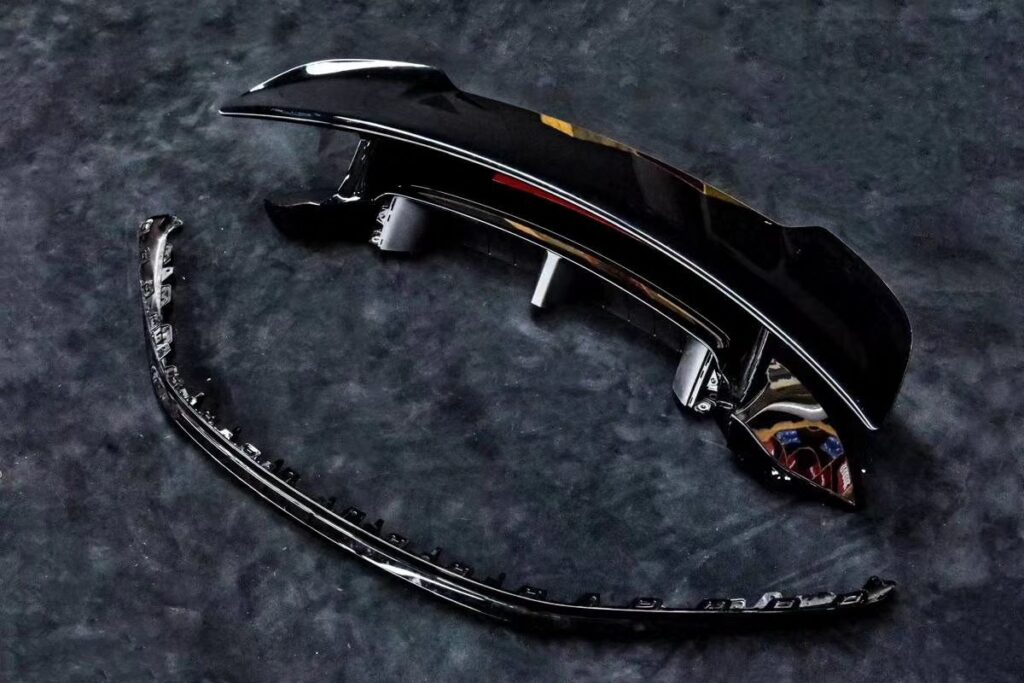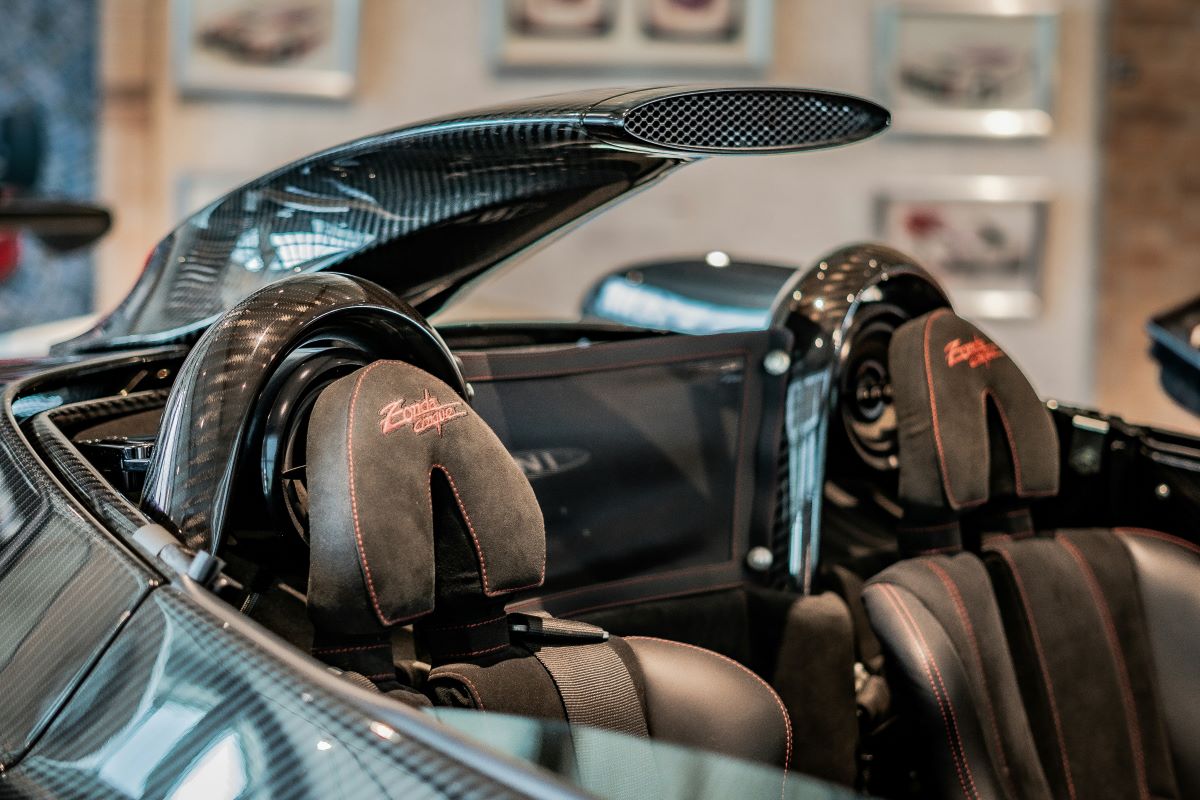High-performance cars demand more than powerful engines. They rely on every detail to achieve speed, balance, and durability. Among these details, custom carbon fiber body kits have become essential. These components are no longer considered optional accessories but central features in performance-driven automotive design. By reducing weight, improving aerodynamics, and enhancing aesthetics, they create measurable advantages for racing teams and car enthusiasts alike.
The Evolution of Body Kits in Performance Engineering
Automotive history shows how lightweight materials consistently replaced heavier alternatives. Steel once dominated, followed by aluminum and composites. Carbon fiber emerged as a breakthrough with its exceptional strength-to-weight ratio. Its introduction into motorsports transformed engineering standards. Today, custom carbon fiber body kits represent the culmination of decades of experimentation. They blend advanced material science with tailored craftsmanship, making them indispensable in high-performance cars.

The Science Behind Carbon Fiber in Automotive Design
The unique molecular structure of carbon fiber delivers both rigidity and lightness. A properly manufactured carbon fiber body kit is five times stronger than steel while weighing significantly less. For performance vehicles, this ratio translates directly into acceleration gains, cornering precision, and improved fuel efficiency. Unlike standard composites, custom carbon fiber body kits allow designers to optimize thickness, weave patterns, and reinforcement points according to the car’s needs.
Aerodynamic Advantages of Custom Carbon Fiber Body Kits
Aerodynamics define racing success. Even small changes in airflow can alter a car’s stability at high speeds. Custom carbon fiber body kits enable precise adjustments to spoilers, diffusers, and splitters. Engineers use computational fluid dynamics to test airflow before production. Once installed, these components minimize drag while increasing downforce, giving drivers superior grip and control. The result is not only faster lap times but also consistent handling under demanding conditions.
The Role of Weight Reduction in Performance Cars
Every kilogram saved in a performance car translates into better acceleration, braking, and fuel efficiency. Traditional metal body parts cannot achieve the same weight optimization without compromising strength. Custom carbon fiber body kits solve this problem by delivering durability and lightness simultaneously. This balance explains why both racing teams and supercar manufacturers prioritize carbon fiber over other alternatives. The combination of strength and weight reduction is central to sustained performance.
Customization as a Competitive Edge
Standardized kits cannot address the unique demands of high-performance cars. Each vehicle requires modifications tailored to its chassis, engine placement, and aerodynamic profile. Custom carbon fiber body kits allow engineers to adapt every component to fit seamlessly. This level of personalization ensures that no part is redundant. Instead, each panel works as part of a unified system, enhancing performance across multiple dimensions. The precision of customization becomes a strategic advantage in motorsport competitions.
 Carbon Fiber in Professional Racing
Carbon Fiber in Professional Racing
Professional racing environments, such as Formula One and endurance racing, highlight the role of carbon fiber body kits. Cars competing at this level face extreme stress during high-speed maneuvers. Custom carbon fiber kits offer resilience against vibration, heat, and mechanical impact. Teams rely on these kits to maintain structural integrity while maximizing aerodynamic efficiency. Beyond performance, ease of repair is another factor. Carbon fiber parts can be replaced quickly, allowing teams to adapt strategies mid-race.
Aesthetic and Market Value Considerations
High-performance cars are not only engineering marvels but also cultural symbols. Enthusiasts value the sleek, aggressive look that carbon fiber provides. Custom carbon fiber body kits enhance visual appeal while signaling exclusivity. The demand for such kits extends beyond racetracks, influencing luxury car markets and aftermarket tuning industries. By combining performance and design, they elevate vehicles into aspirational icons. The added value also strengthens resale potential, making customization a rational investment for many owners.
Challenges and Solutions in Production
Despite their advantages, carbon fiber kits present challenges. Production requires specialized techniques such as autoclave curing and resin transfer molding. These processes are expensive and time-consuming compared with conventional manufacturing. However, custom carbon fiber body kit suppliers have invested in automation and advanced tooling. As a result, costs are gradually decreasing while maintaining quality. Additionally, innovations in hybrid composites allow manufacturers to balance affordability and performance.
Conclusion
Custom carbon fiber body kits embody the intersection of science, engineering, and design. They provide measurable advantages in aerodynamics, weight reduction, and structural resilience. At the same time, they influence aesthetics and market value. For high-performance cars, they are no longer optional upgrades but fundamental components of design strategy. As the automotive industry evolves, their role will expand even further, reinforcing their status as an essential tool in the pursuit of speed and precision.


